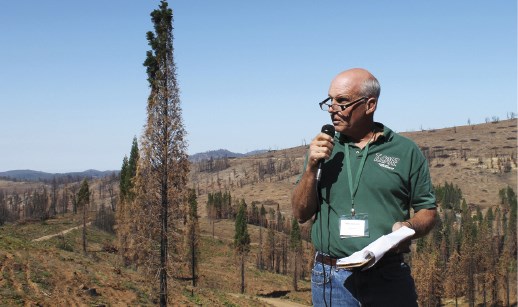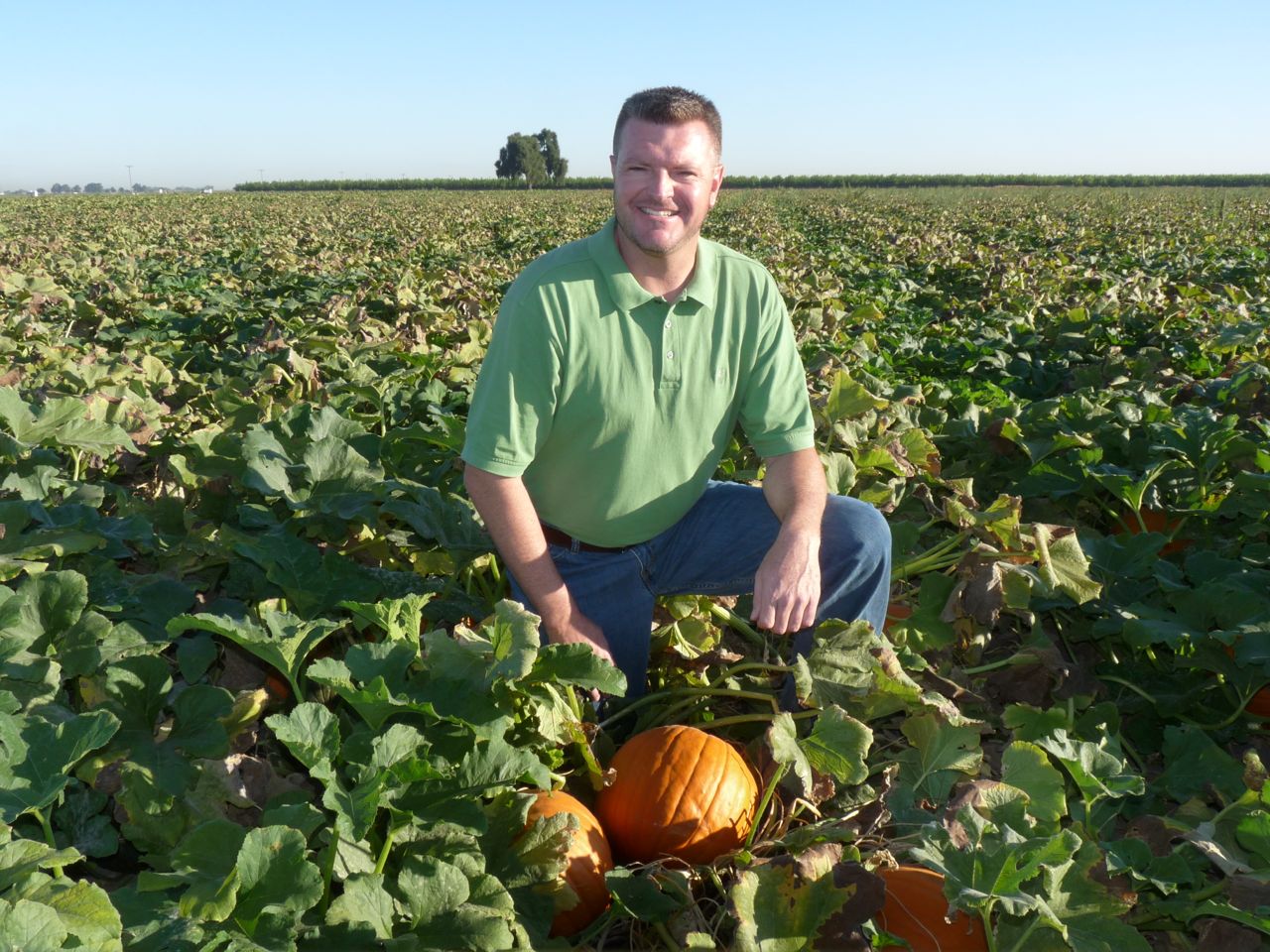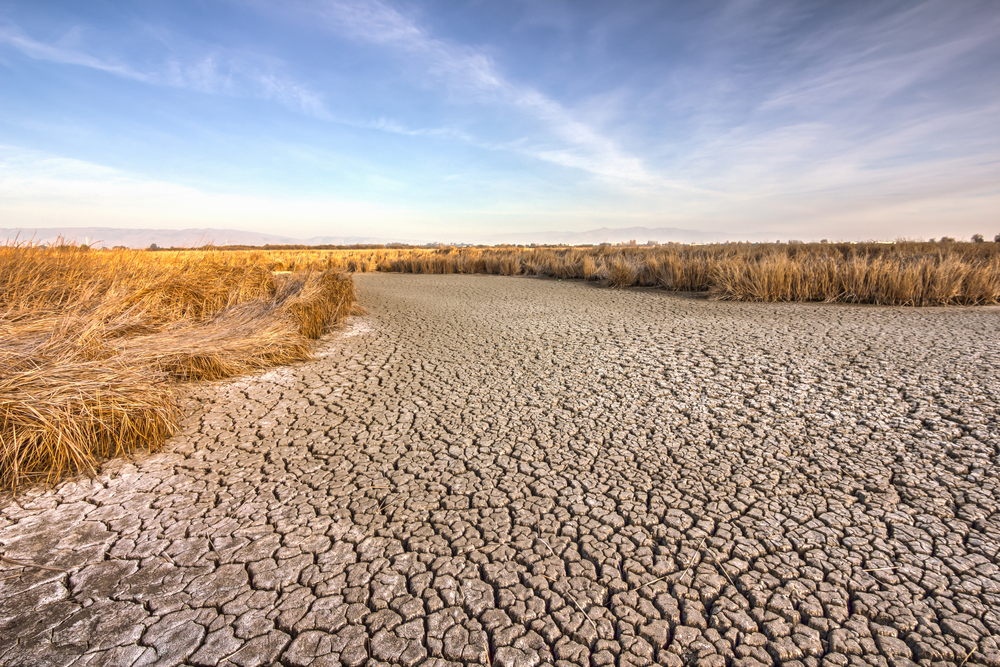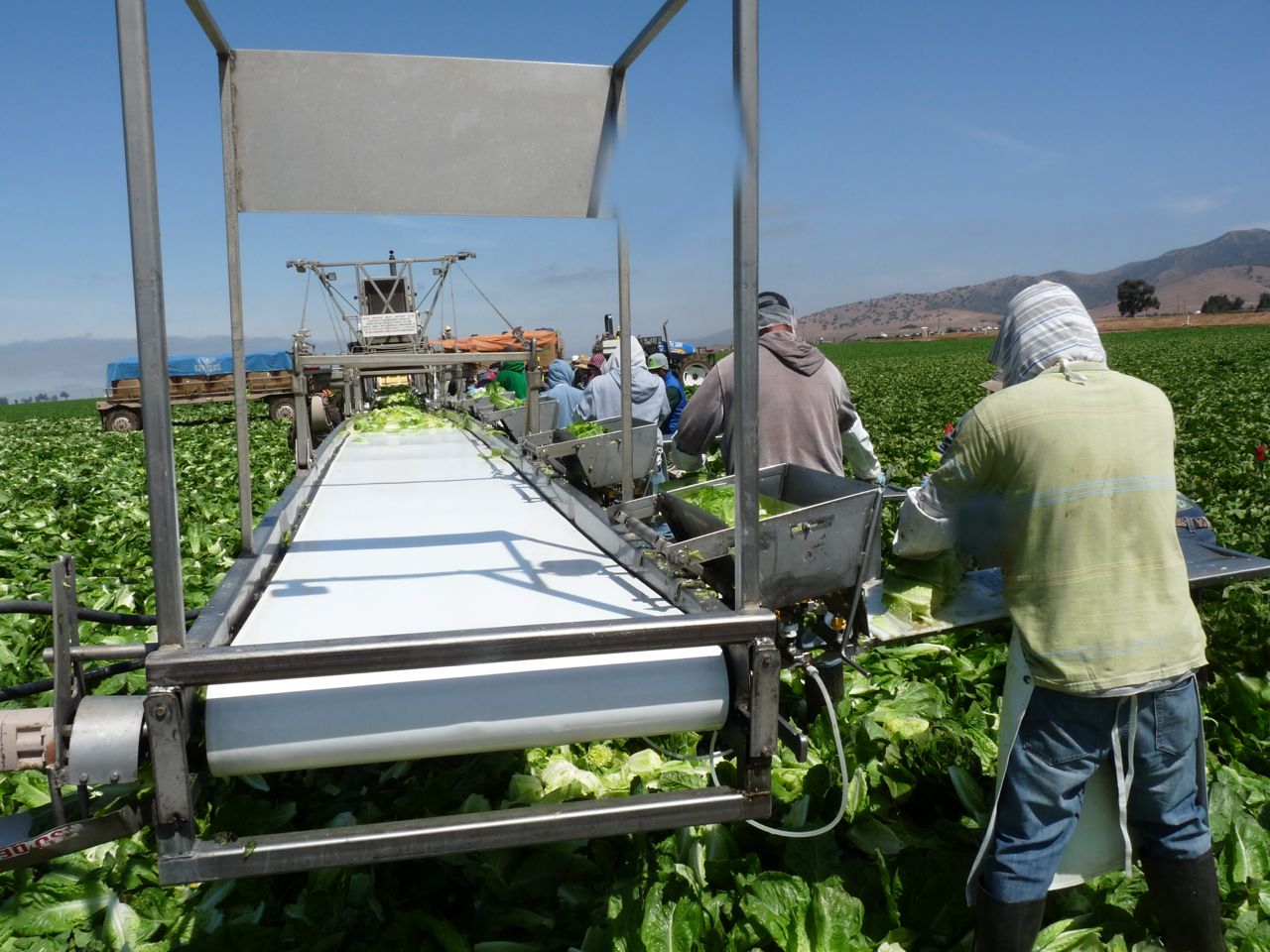Fire recovery brings progress, frustration
By Kate Campbell; Ag Alert
Wildfire recovery has become a disturbingly common part of managing California’s 33 million acres of forestland, while firefighting costs run far ahead of the ability to prevent fires. During a tour of areas damaged a year ago in the nearly 260,000-acre Rim Fire, experts outlined the cleanup work accomplished so far and the continuing recovery efforts on both private and public lands.
Registered professional forester Mike Albrecht told California members of the Society of American Foresters during last week’s tour that his crews immediately went to work helping clean and salvage what they could from the fire.
But forest managers estimate about 2.5 million tons of biomass remains dead or dying in the Stanislaus National Forest. At this point, they report local lumber mills are full with salvage logs, biomass plants can’t handle any more fire debris for power generation and environmental restrictions prevent burning charred timber and slash.
Forest roads remain unstable, they said, and drainage infrastructure has been destroyed or is too small to handle increased runoff, especially if there’s a heavy winter. Watersheds are vulnerable to erosion; the raw landscape is susceptible to infestation by invasive plants; wildlife habitat is in shreds.
Forest cleanup on the magnitude of the Rim Fire is slow, costly and dangerous, said Albrecht, who is president of Sierra Resource Management, which specializes in forest thinning.
He said his message is simple: “If we unite, we can do better by the forest.”
Nearly 60 percent of California’s forests are government-owned, with about 40 percent in private ownership.
“The difference between public and private wildfire recovery is very frustrating,” said Tuolumne County cattle rancher and county supervisor Sherri Brennan. “There are laws that tie the hands of government forest managers, compared to what can be done on private lands.”
From a county perspective, she said experts are saying that probably only about 25 percent of the burned timber in the Stanislaus National Forest will be salvaged because of regulatory constraints. It’s expected that litigation by environmental groups will further slow cleanup and restoration efforts, while driving up recovery costs.
“We’re sitting on 2.5 million tons of charred biomass,” Brennan said, referring to burned timber and brush. “Right now, I don’t know how the problem will be handled.”
For its part, the U.S. Forest Service said it has worked during the past year to put together an environmental impact statement that covers timber salvage efforts in the Rim Fire burn. Officials said they expect the final environmental document to be signed this week, so salvage work can begin this fall.
Meanwhile, U.S. Agriculture Secretary Tom Vilsack released a new report that shows the cost of fighting forest fires has rapidly increased during the last 20 years. Because of inadequate and uneven funding, agencies have been “borrowing” money from programs intended to better manage forest fuel loads.
Vilsack joined a rising chorus—including the California Farm Bureau Federation, the Nature Conservancy and the Western Governors Association—in calling on Congress to allow an existing disaster fund to help cover the costs of fighting catastrophic fires.
Pending legislation—The Wildfire Disaster Funding Act—would address these problems by funding a portion of federal wildfire suppression costs through an approach similar to other predictable disasters, allowing more reliable funding for wildfire-prevention programs.
In addition to finding more rational ways to fund skyrocketing costs for fighting wildfires, forestry managers advocate changes in the way both public and private lands are being managed, using current research to adjust methods.
During the tour of the Rim Fire area, Dan Tomascheski, vice president of Sierra Pacific Industries—which lost about 16,000 acres of timber during the Rim Fire—said a number of new forest management practices, some relatively inexpensive, could help protect forestland in the future.
“We’ve found the practice we call ‘contour tilling’ on flat-to-moderate slopes reduces erosion rates from winter storms,” Tomascheski said.
“There’s nothing more important than high-quality water for those who rely on Sierra watersheds,” he stressed. “But while there’s a lot of focus on water quality and reducing sediment, there hasn’t been much discussion of post-fire effects on water yield.”
Forest researchers report that long-dry creeks in the Rim Fire burn area are carrying water again, even in one of the most severe droughts in state history. Studies show shrubs and brush use three times as much water as an area reforested with trees.
In Shasta County, which has had a series of lightning-sparked wildfires during the past several weeks, rancher and county supervisor Pam Giacomini said a community forum on recovery made it clear that salvaging trees and getting them marketed has to be a top priority for cleanup.
“Experts say they (the burned trees) need to be marketed this year,” Giacomini said, so the land can be cleared in order to begin reforestation efforts.
“The state seed bank is getting pretty low and we need to get our order in this fall, so we have what we need to begin replanting in the spring,” she said.


















